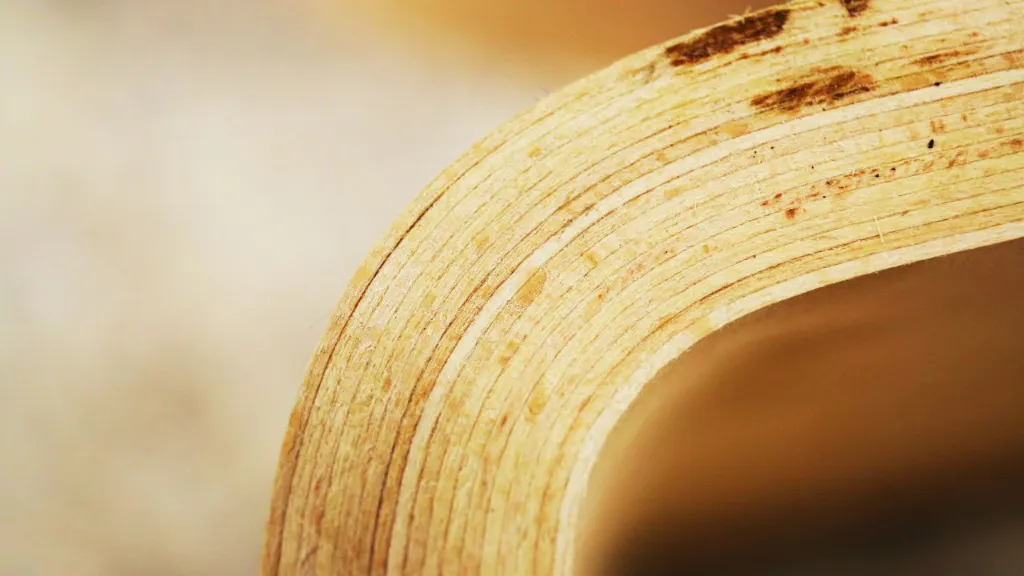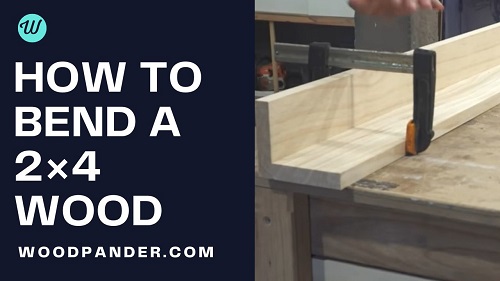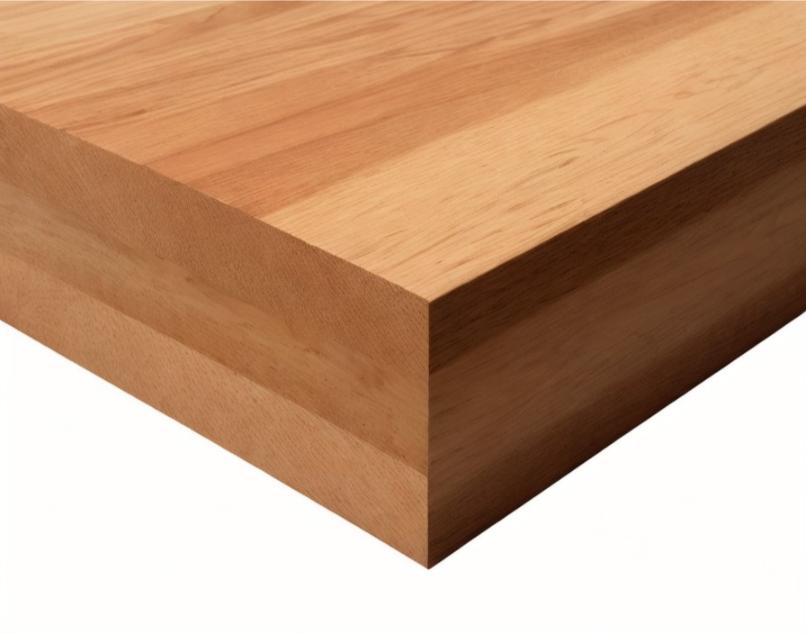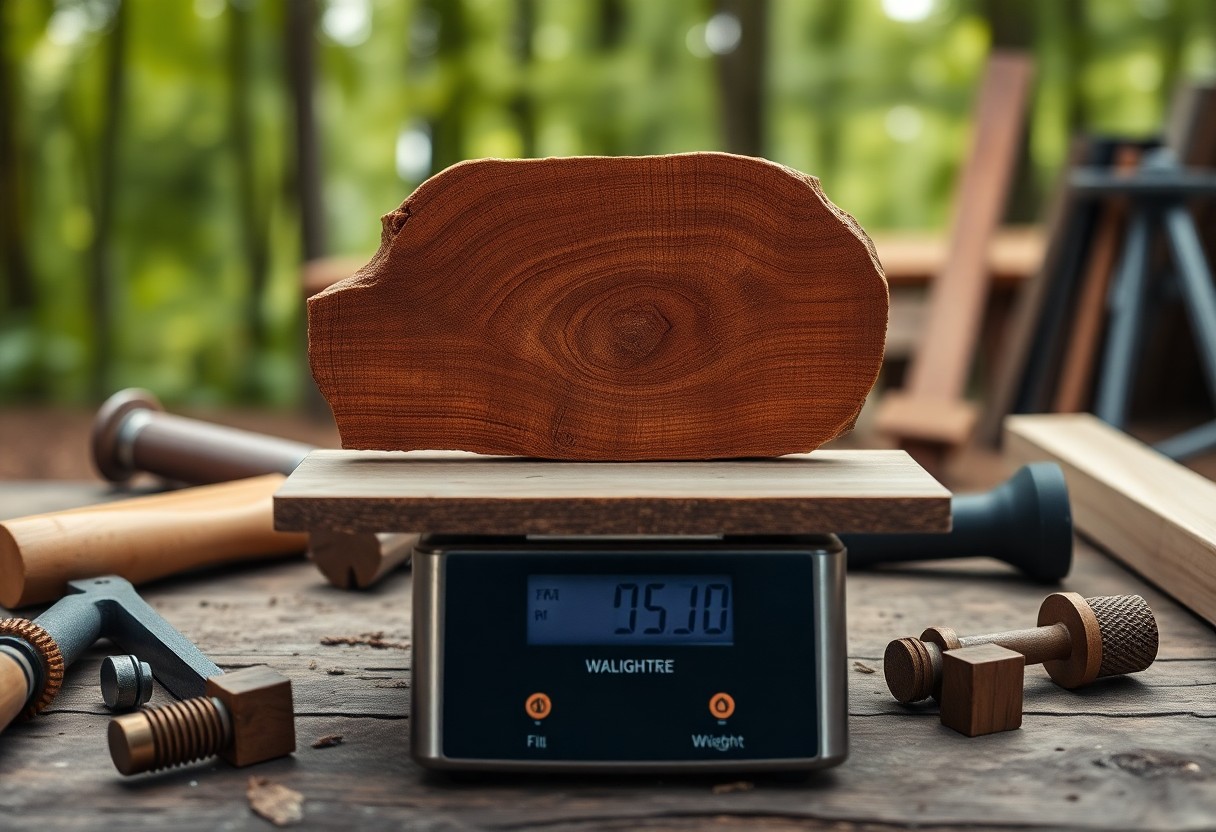The Bending Wood Calculator is an essential tool for anyone who wants to bend wood with precision and accuracy. By using this calculator, you can determine the ideal radius and angle for your bend, ensuring that your wood doesn’t crack or break in the process.
In this article, we’ll take a closer look at how to use the Bending Wood Calculator and why it’s such an important tool for woodworking projects.
| Feature | Benefits |
|---|---|
| Accurate calculations | Provides precise parameters for successful wood bending |
| Consideration of factors | Takes into account wood species, thickness, moisture content, temperature, humidity, grain direction, and bending method for accurate results |
| Time-saving | Helps woodworkers save time by providing quick calculations |
| Material wastage reduction | Minimizes material wastage by ensuring optimal bending parameters |
| Improved efficiency | Facilitates efficient wood bending process with calculated parameters |
| Customizable parameters | Allows for adjustments based on specific wood species or bending method |
| User-friendly interface | Easy-to-use interface for inputting data and reviewing results |
| Reliable results | Provides reliable parameters for consistent wood bending outcomes |
| Cost-effective | Helps avoid costly trial-and-error approaches in wood bending |
| Professional tool | Suitable for professional woodworkers and DIY enthusiasts alike |
One of our articles –Timber Log Volume Calculator.
What is bending wood?
Bending wood is a woodworking technique that involves softening wood fibers to make it more pliable and flexible, allowing it to be shaped or bent into curves or angles.
This technique is widely used in various woodworking projects, such as furniture making, architectural and interior design, musical instrument construction, and art and crafts.
Importance of bending wood
Bending wood is essential in woodworking, as it opens up a whole new world of design possibilities.
It allows woodworkers to create unique and intricate shapes that would be impossible to achieve with straight wood. Bent wood adds elegance, beauty, and functionality to furniture, interior design elements, musical instruments, and other wood-based creations.
However, bending wood is not an easy task and requires careful planning and precision to achieve the desired results.
Challenges in bending wood
Bending wood can be challenging due to the natural characteristics of wood, such as its grain structure and moisture content. Wood has a tendency to split, crack, or break when bent beyond its natural bendability.
Moreover, different wood species have different bending characteristics, and factors such as moisture content, temperature, and humidity can affect the success of wood bending projects. Therefore, woodworkers need to consider various factors and techniques to ensure successful wood bending.
What is a bending wood calculator?

A bending wood calculator is a specialized tool that helps woodworkers calculate the parameters required for successful wood bending projects.
It is typically a software or online application that uses mathematical formulas and algorithms to determine the bending radius, angle, and other parameters based on the wood species, thickness, moisture content, temperature, and humidity.
How does a bending wood calculator work?
Bending Wood Calculator
A bending wood calculator uses inputs provided by the woodworker, such as the type of wood, its thickness, desired bend radius, and environmental conditions, to calculate the parameters needed for successful wood bending.
It takes into account the characteristics of the wood species, such as its elasticity and moisture content, and uses mathematical formulas and algorithms to determine the optimal bending radius, angle, and other parameters.
The bending wood calculator uses data on the specific wood species being used, which may have different bending characteristics due to variations in grain structure, density, and other factors.
It also considers the thickness of the wood, as thinner wood may require different parameters compared to thicker wood. Additionally, the calculator takes into account the environmental conditions, such as temperature and humidity, as they can significantly affect the moisture content of the wood and its bendability.
Benefits of using a bending wood calculator
Using a bending wood calculator offers several benefits to woodworkers. Firstly, it provides accurate and reliable calculations based on scientific principles, reducing the risk of errors and ensuring successful wood bending projects.
It eliminates the need for trial and error, saving time, effort, and material wastage. The calculator also allows woodworkers to experiment with different parameters to achieve the desired bend shape or form, providing flexibility and creative freedom in woodworking projects.
Another significant advantage of using a bending wood calculator is that it enhances the efficiency of the woodworking process. By providing precise calculations, it helps woodworkers optimize the use of materials, reducing waste and costs.
It also minimizes the risk of wood breakage or other failures, saving valuable resources and avoiding the need for rework. Overall, a bending wood calculator is a valuable tool that simplifies the wood bending process, making it more efficient, accurate, and cost-effective.
See Also: Custom Wood Calculator.
Factors That Affect Wood Bending
Successful wood bending requires careful consideration of various factors that can affect the bendability of wood. Some of the key factors include:
Moisture content of wood
The moisture content of wood is a critical factor in wood bending. Wood needs to be softened or “steamed” to become more pliable, allowing it to be bent without breaking.
The moisture content of wood affects its elasticity and flexibility, with higher moisture content making the wood more bendable. However, excessive moisture can also cause the wood to become weak or prone to decay, so finding the right balance is crucial.
A bending wood calculator takes into account the moisture content of the wood and recommends appropriate parameters for bending based on this factor.
Wood species
Different wood species have varying bending characteristics due to differences in their grain structure, density, and other factors. Some woods are naturally more bendable, while others may require additional techniques or precautions.
A bending wood calculator considers the specific wood species being used and provides calculations based on its bending characteristics. This helps woodworkers choose the right parameters for bending based on the type of wood they are working with.
Thickness of wood
The thickness of the wood also plays a role in wood bending. Thinner wood may require different parameters compared to thicker wood. Thicker wood may need more time for steaming or other bending techniques to soften it adequately for bending.
A bending wood calculator considers the thickness of the wood and provides recommendations accordingly to ensure successful bending without risking breakage or other issues.
Temperature and humidity
The temperature and humidity of the environment in which wood bending is taking place can significantly affect the moisture content of the wood and its bendability.
Higher temperatures and humidity levels can accelerate the softening of wood, making it more pliable for bending. A bending wood calculator takes into account the temperature and humidity conditions and provides calculations based on these factors to help woodworkers determine the optimal parameters for successful wood bending.
Wood grain direction
The grain direction of wood can also impact its bendability. Wood tends to bend more easily along the direction of its grain, known as the “with-grain” direction, compared to perpendicular to the grain, known as the “against-grain” direction.
A bending wood calculator considers the grain direction of the wood and provides recommendations on the bending parameters based on this factor to ensure that the wood is bent in the optimal direction.
Bending method
There are various methods for bending wood, including steam bending, hot pipe bending, laminating, and kerf cutting, among others. Each method has its own advantages, disadvantages, and optimal parameters.
A bending wood calculator takes into account the chosen bending method and provides calculations based on the specific requirements of that method. This helps woodworkers choose the right parameters for successful wood bending based on the chosen method.
Bend radius and angle
The desired bend radius and angle are critical parameters in wood bending. The bend radius refers to the curvature of the wood, while the bend angle determines the angle of the bend. These parameters are usually determined based on the specific woodworking project requirements, and a bending wood calculator helps woodworkers calculate the optimal bend radius and angle based on the wood species, thickness, moisture content, temperature, humidity, grain direction, and bending method.
How to Use a Bending Wood Calculator
Using a bending wood calculator is a straightforward process. Woodworkers can follow the steps below to make the most out of this tool:
- Gather the necessary information: Collect all the relevant information needed for the bending wood calculator, such as the type of wood, its thickness, moisture content, temperature and humidity conditions, grain direction, bending method, and desired bend radius and angle.
- Input the data: Enter the collected data into the bending wood calculator, following the prompts or fields provided. Make sure to input the information accurately and double-check for any errors.
- Review the calculations: Once all the data has been entered, the bending wood calculator will generate the calculated parameters for successful wood bending. Review the results carefully, ensuring that they align with the project requirements and expectations.
- Adjust if necessary: If needed, woodworkers can experiment with different parameters or make adjustments to the calculated values to achieve the desired bend shape or form. The bending wood calculator may provide options for tweaking the parameters based on the specific wood species or bending method chosen.
- Apply the calculated parameters: Once the optimal parameters have been determined, use them as a guide for bending the wood. Follow the calculated bend radius, angle, and other recommendations to ensure a successful wood bending process.
- Monitor and adjust during bending: Keep track of the wood during the bending process, monitoring its progress and making adjustments as needed. This may involve adjusting the clamping pressure, steam exposure time, or other variables to ensure that the wood is bending smoothly and without any issues.
By following these steps and utilizing the calculated parameters provided by the bending wood calculator, woodworkers can achieve accurate and reliable results in their wood bending projects, saving time, effort, and material wastage, while also improving
Common Mistakes to Avoid When Bending Wood
Bending wood can be a tricky process, and there are several common mistakes that you should avoid to ensure that your project is successful. Some of these mistakes include:
- Using wood that is too dry or too moist
- Bending wood against the grain
- Using a bending form that is too sharp
- Bending wood too quickly or too slowly
By avoiding these common mistakes and using the Bending Wood Calculator, you can achieve a successful bend every time.
FAQs About Bending Wood Calculator
Q: What types of wood can I bend using the Bending Wood Calculator?
A: The Bending Wood Calculator can be used with a wide range of woods, including oak, maple, cherry, and walnut.
Q: Can I use the Bending Wood Calculator for both concave and convex bends?
A: Yes, the calculator can be used for both concave and convex bends.
Q: Is the Bending Wood Calculator accurate?
A: Yes, the calculator is highly accurate and takes into account several factors that can affect the ability of wood to bend.
Source








